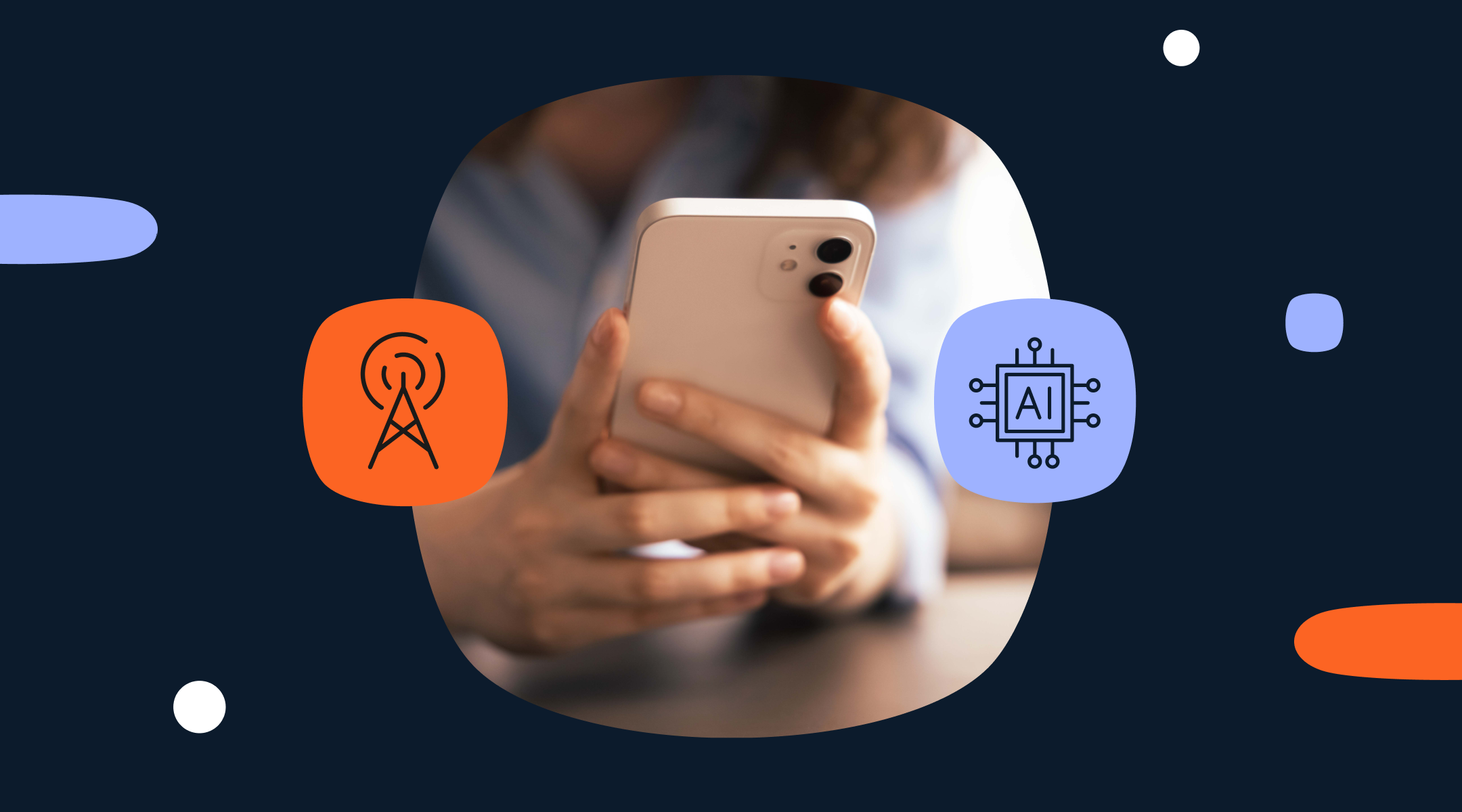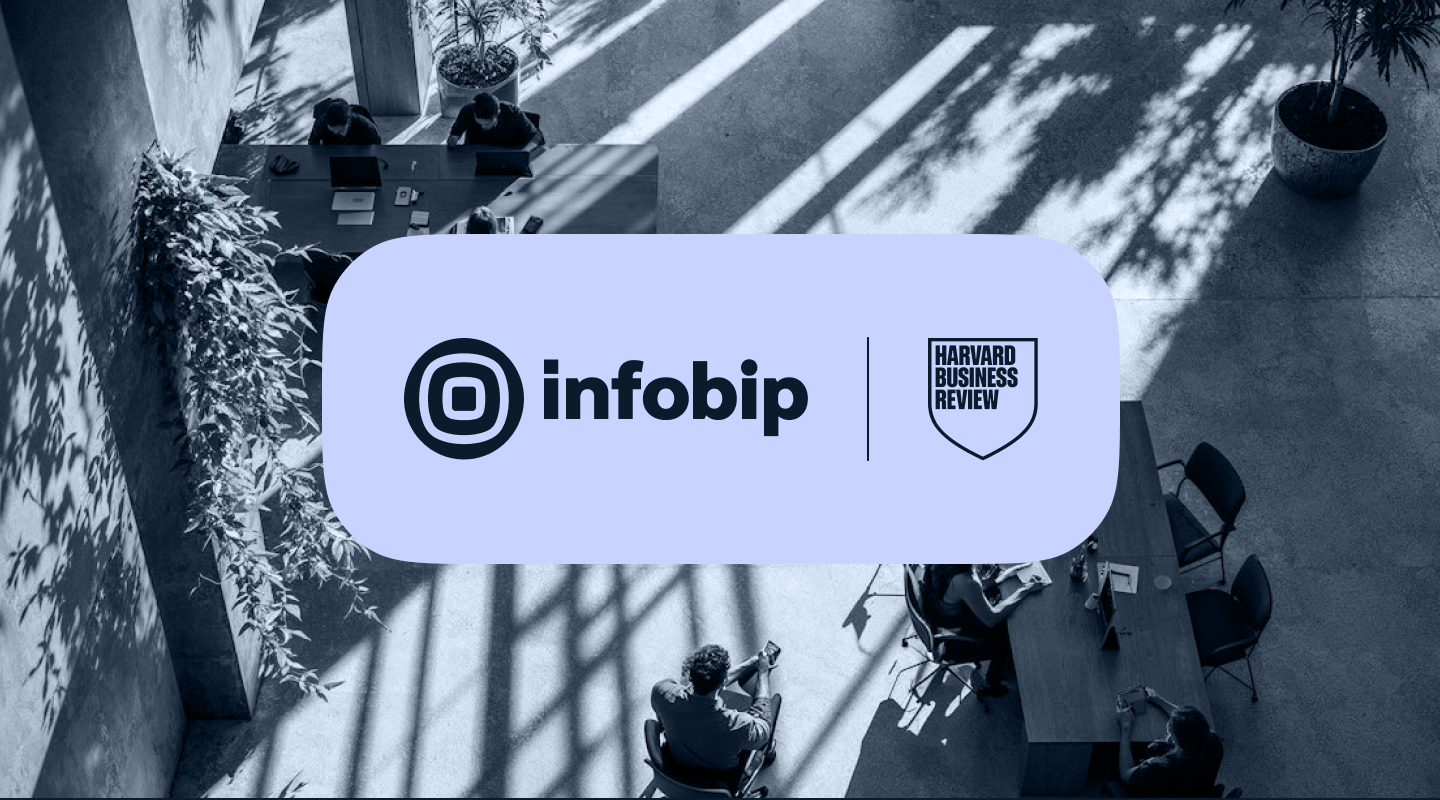Viber for Business: Powering the future of conversational journeys with Infobip
For more than a decade, Infobip and Rakuten Viber have partnered to redefine how brands and customers connect. As messaging expectations evolve, our shared mission remains the same: to enable seamless, end-to-end communication on the channels people already trust and use daily.

Messaging underpins how people coordinate, connect, and conduct business. But as expectations grow, so does the gap between how people want to communicate and how most brands actually show up. That gap is where platforms like Rakuten Viber are stepping in with Viber for Business solutions, not by adding noise, but by simplifying what interaction can look like when it’s done right. The real challenge then is designing conversations that don’t just start well but continue with purpose and context.
To understand what’s next in conversational messaging and what businesses should be paying attention to, we spoke with Limor Bailey, Partnerships Account Director at Rakuten Viber. From the rise of super apps to the value of context in communication, she shared how Viber is helping brands deliver richer, more seamless experiences.
End-to-end experiences are the new standard
Limor Bailey explains that while many businesses focus on a single interaction, like sending a promo message or a support update, customers are looking for continuity. They expect the conversation to evolve naturally, without disruption or friction. A lot of churn happens when that experience breaks. If you start a journey with a marketing message but can’t follow up or complete the action within the same app, the customer drops off. “Customers want to start off at one point and end at a different point, but on the same platform,” says Bailey.
Designing for end-to-end communication means rethinking how conversations are structured. It means considering the full arc, from awareness to action to resolution, and ensuring that each step flows naturally, without requiring users to jump between platforms, re-authenticate, or explain themselves again. Businesses that don’t meet this expectation are losing opportunities to build trust and loyalty in the moments that matter most.
As these expectations grow, users are increasingly turning to platforms that can support complete, uninterrupted experiences, without forcing them to switch contexts.
Super apps: One app for every interaction
Limor points out that although most users download many apps, they consistently return to just a few. “I think I use maybe three, maximum four, on a daily basis,” she says. People gravitate toward platforms where they can get more done with less effort.
Meaning, users don’t want more apps, they want fewer steps. They’re choosing environments that reduce friction, anticipate intent, and allow for fluid transitions between tasks, whether that’s chatting with friends, contacting a brand, making a payment, or booking a service.
For businesses, this means more than simply being discoverable, it means becoming part of that streamlined flow. It’s not enough to push a message or offer support from the sidelines. Interactions need to feel embedded: naturally surfaced, time-relevant, and directly actionable within the space the user already occupies.
In super app environments, the value of each brand touchpoint isn’t in grabbing attention, it’s in being aligned with what the user is already trying to do. That makes context non-negotiable, and one-size-fits-all communication harder to justify.
As users shift toward platforms that prioritize simplicity and integration, the brands that succeed will be those that don’t just show up; they adapt, embed, and contribute to a seamless experience. And building that kind of experience starts with knowing your customer.
Great journeys begin with knowing your audience
Before a conversation can be optimized, it needs to be understood. And that starts with knowing who’s on the other end.
“Businesses need to understand who their customers are and how they want to engage because when you know your audience, you know how to communicate with them” says Bailey. That’s the starting point for everything.
Too often, messaging strategies focus on scale, automating responses, pushing updates, ticking boxes. But relevance isn’t something you scale blindly. It comes from recognizing patterns, preferences, and behaviors, and designing around them.
That could mean adjusting tone and timing based on region or demographics. It could mean offering different entry points into the same journey depending on whether someone’s a first-time user or a returning customer. In every case, the priority is the same: make the interaction feel like it was meant for that person, in that moment.
The brands doing this well are the ones treating messaging not as a broadcast tool, but as a conversation, something fluid, responsive, and tailored. And the more that conversation reflects a real understanding of the customer, the more likely it is to lead somewhere meaningful.
When businesses understand who they’re speaking to, they can design journeys that feel complete, not just functional.
Limor shares an example from the banking industry, where customer onboarding often involves multiple disconnected steps. A user might start with an app download, switch to SMS for verification, wait for an email confirmation, then eventually call support to complete setup.
But as Limor points out, there’s a better way to do this.
Imagine a new customer journey that starts with an in-app message prompting signup. The user verifies their identity through a secure one-time password, asks a question in real time via chat, receives an onboarding video, and gets follow-up product recommendations, all within the same messaging thread. That’s not just convenient for the user, but it’s intentional. It reduces drop-off, builds trust, and makes it easier for the customer to complete the journey without ever switching context. The same model applies across industries. Whether it’s retail, fintech, travel, or other sectors the opportunity is the same: connect the dots across the journey, and make it feel like one conversation, even if it serves multiple goals.
Viber for Business has become a super app ecosystem that allows enterprises to do marketing, promotion, sales, customer service and so on from a single hub.

Limor Bailey
Partnerships Account Director, Rakuten Viber
Next-gen features for lasting engagement
Once you understand your audience and design around their needs, the next step is enabling those journeys to unfold, smoothly, intuitively, and without friction.
That’s where functionality matters. To keep a conversation going, it’s not enough to show up, businesses have to create forward motion. Features like carousels, quick replies, and rich media let users explore, compare, decide, and act without leaving the thread.
And as journeys grow more complex, verified business accounts and tools that allow automation, and smart routing become essential. They eliminate drop-off points, reduce switching between apps, and help users complete tasks. Because once a customer is engaged, they don’t want to lose the thread. They want the journey to continue, naturally, in the same space.
These moments of interaction signal that the brand isn’t just present, but actively guiding the user forward with purpose and clarity.
Rakuten Viber x Infobip: A decade of innovation and shared vision
Users don’t think in channels. They don’t split conversations by marketing, service, or support. They just want things to make sense. That’s the guiding principle behind more than a decade of collaboration between Rakuten Viber and Infobip: build messaging experiences that reflect how people actually communicate. No channel-switching. No dead ends. No broken context.
From smarter onboarding to embedded transactions, the partnership continues to focus on designing for the everyday, not just the ideal scenario. Because when communication feels real, useful, and uninterrupted, customers stay engaged, and brands stay relevant.
Infobip and Rakuten Viber have a shared vision for innovation. We want to make sure that we are providing both businesses and their clients with a seamless experience and a better customer journey at the end of the day. And we look forward to the next 10 years with Infobip.

Limor Bailey
Partnerships Account Director, Rakuten Viber







